I’m a bit of a “power” international traveler, having been to around 65 countries and hundreds of cities, some of them multiple times at this point. I have a strong passion for travel and have gotten pretty good at planning trips, to the point where now I can execute an international trip from idea to departure within 24 hours.
And I do this several times a year and you can to! In a word, the answer is “checklists”.
Here is the basic checklist for planning an international trip in under 24 hours
1. Where do you want to go?
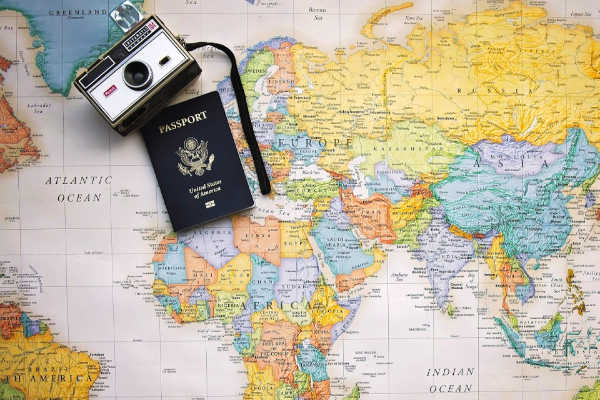
Beforehand, of course have ideas in mind of where to go to. Usually people have their own long lists to pull from, but if not, see the many “best international destinations” sort of lists that abound on the internet. Best are the ones from Trip Advisor, US News & World Report, Condé Nast, USA Today, etc.
Some top trending destinations on Stride include:
See the full list of Trending Destinations for 2019 »
2. Organization is your friend

Create a Google Document and add a table at the top. Turn this table into a basic calendar and use this to enter in the days you have for flights/sightseeing. Add to it sights to see, travel between cities, etc.
Use the rest of the Google Document for any note-taking as you proceed through the rest of the checklist below.
3. Flight search

Pull up Google Flights, enter your local airport(s) and dates, and leave the destination empty. Click Search. On the resulting global map page, enter filters for price maximum and number of stops (I aim for 1 stop max).
Then spin the globe and you will see all the places that meet your parameters. With aggressive filters I routinely find international destinations to visit for under $800 non-stop.
4. Consider the weather

Once you have a short list of destinations from Google Flights, use Google to find the average weather for the possible destinations as well as what the weather will look like while you are there.
You want to avoid very rainy seasons and extreme cold, although booking during off-peak season of course can mean lowered prices and less tourists.
5. Visa requirements
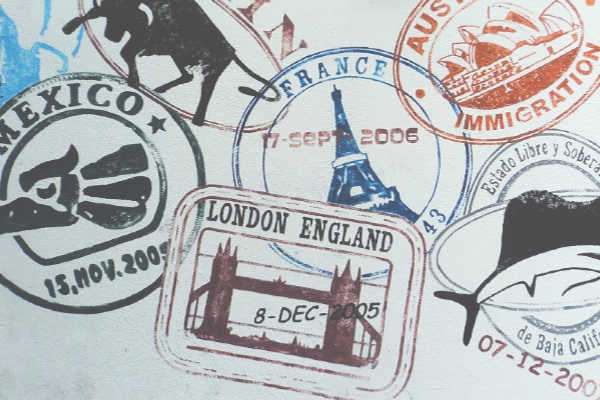
Look at visa requirements and the security situation of that country via the US State Dept web site. Of course you can’t fly out fast if you have to wait days/weeks for a visa!
6. Plan some activities

So now you should have a destination in mind. Use TripAdvisor to go to that city to do BASIC research on what most the popular tourist sites and activities are and that interest you.
Lonely Planet and also Frommers have good information online, but TripAdvisor is my go-to as the sheer volume of user reviews on it help you quickly find the best sights/activities.
And don’t forget all the awesome tours and travel packages on Stride! The expert planned itineraries can help you plan out the basic info and what you want to see and do. Add this info to the Google Document calendar you created before. This will help you work out what to see on what day.
7. Transportation
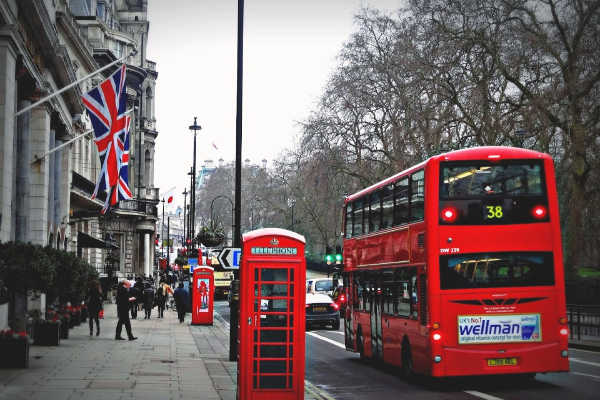
When researching a city, take a step back to look at the region and country overall; you will likely find other amazing cities/sites to visit in the area. Google how to best get to/from these other cities.
Some are day trips but others might require a separate flight or train. And sometimes you can use a rental car or hire a driver to get between cities. Make note of any inter-country travel/cities on the Google Document and calendar as well.
8. Find the best routes
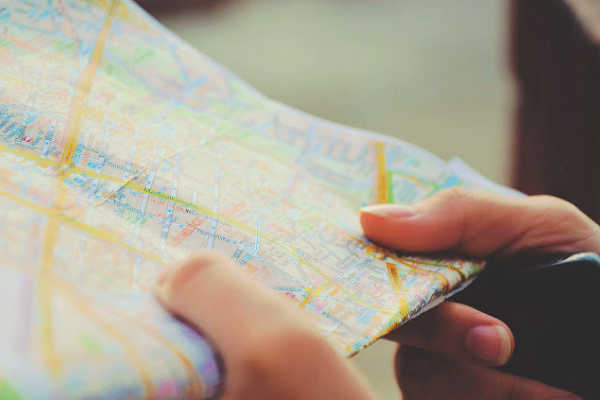
Create a Google Map account and within it go to “Your Places” > “Saved” and save to it the key sights/activities you found. Print this map out before you leave and use it work out the most efficient route to see key sights.
This map of course also comes in handy when at the destination, as it serves as an online map of all the tourist sites and facilitates navigating the city.
9. Accommodations

Do some research to figure out what neighborhood to get a hotel room. Also look at the Google Map you just created and, all things equal, try to stay close to the sights you want to see.
Often this might be the “historical old city” area. I use Hotels.com to find a hotel. Apply filters for date, user ratings, hotel star level, and price.
Then look at the resulting map and find the green/available hotels in your target location. If Hotels.com is a strike out, check out VRBO, Airbnb, etc.
10. Book!

At this point only do I book flights and hotels, and I do this based on the calendar I had previously created so I am in the right hotel, in the right place, on the right day.
I do not book flight/hotel booking first just in case my research changes my mind on the destination and what cities I want to be in on what days.
If I need to to book any inter-country flights, I do this here as well. I also book any local drivers at this point, using TripAdvisor to find reputable driver companies.
11. Pay attention to the details

Go back to the Google Document and add to it in DETAIL on the sights/activities that interest you, which you identified in Step 6. Write key information on them, including opening days/hours, what to see while there, and traveler tips & tricks, etc.
Before your flight, print out this Google Document. It is your custom, mini travel guide. I enjoy doing this research as it helps me understand a sight and also maximize my experience with it before I even get there.
12. Cover all the bases
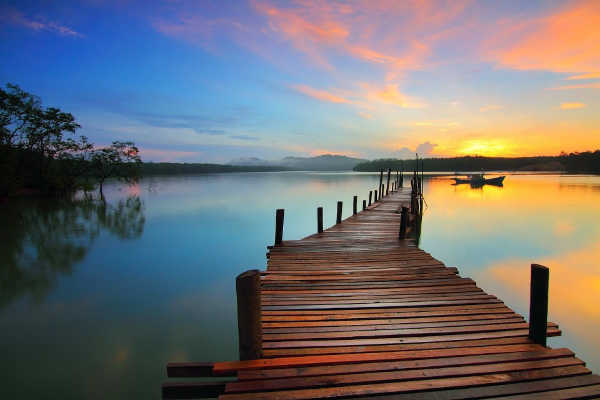
I also will add to the Google Document other information on the destination including history/culture/religion and more. Wikipedia and Wikitravel can help here.
Also miscellaneous info like: good restaurants, is the water safe to drink, what is the exchange rate, where to see best views, what to do at night, what is off the beaten path, sunset/sunrise times, any river cruises, how get to/from airport to hotel, subway map, and how to use local transit, etc. I do this so when I land I am not “overwhelmed” with unknows and can hit the ground running fast to maximize my experience.
Ok, so that is it for the booking process. You should also have a packing checklist once you've booked the trip. You don’t want to show up at a destination and realize you are missing something simple, yet important!
I know this planning checklist looks like a lot at first, but once you get the hang of it, all this research and bookings can be done within a few hours. Yes, honestly….I can do all of this in 4-8 hours solo, and I sit down with friends coming on the trip with me and dole out parts of the research to them to help to speed things up.
Happy travels!!
Don't want to plan it all by yourself? Use an expert travel planner »
Or see all guided tours, trips, and adventure packages »
About the author
Joe first got the travel bug when he was 22 and did a three-month Europe backpacking trip with friends after college. Later, he and a friend quit their jobs to spend four months backpacking through Oceania, Southeast Asia, and India/Nepal. And he has been lucky enough to mix international work trips with sightseeing.
He is now up to ~65 countries and ~350 international cities, excluding many "re-visits". When Joe isn't traveling, he works in technology product marketing in San Francisco, his favorite global city of them all.

